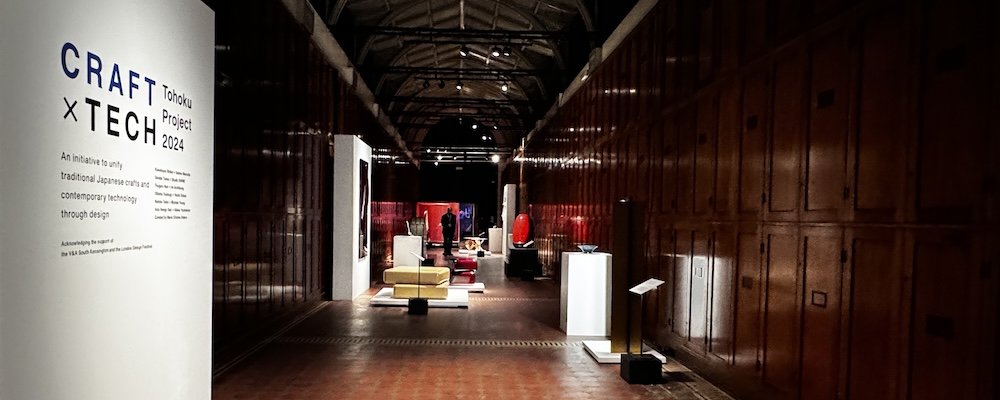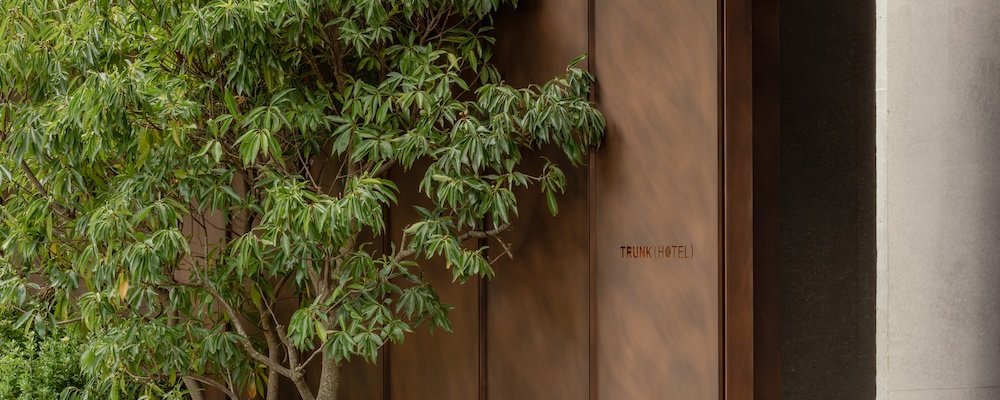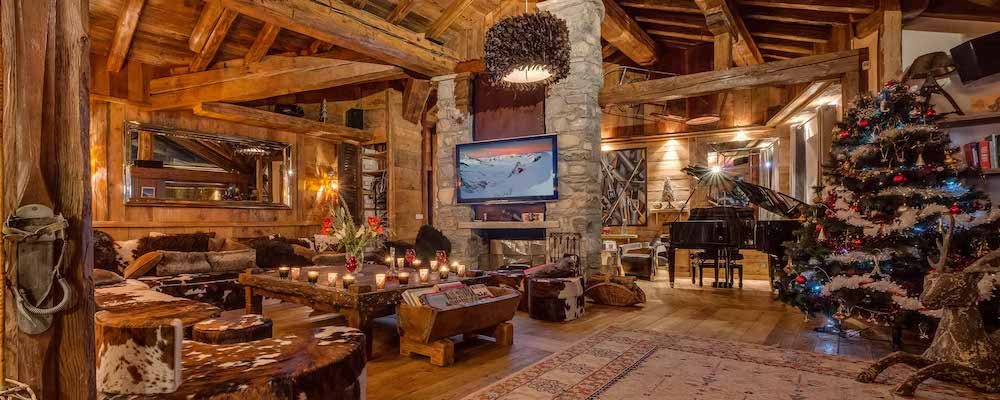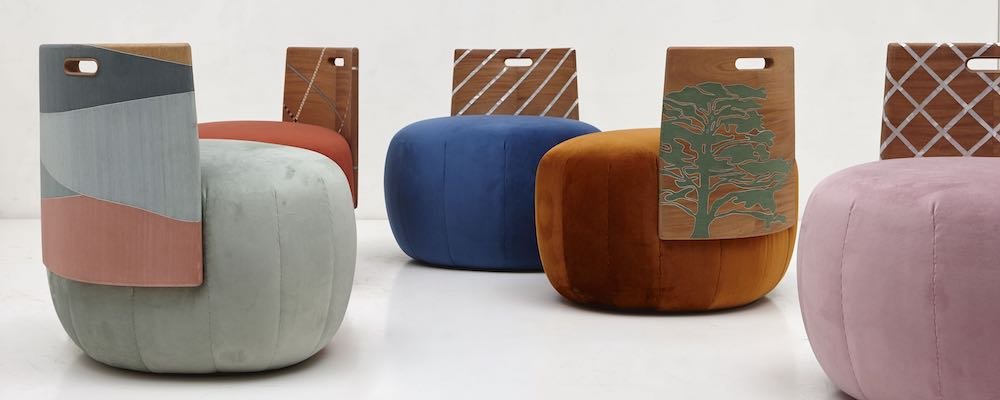White Flower Arbour
On the occasion of a world festival in 2019, the Maezawa Garden House added a discreet arbour merging into the woods.
In 1982, by the Japanese sea, the small city of Kurobe inaugurated the Maezawa Garden House designed by Maki Fumihiko, a Pritzker Architecture Prize laureate for YKK, a worlwide company manufacturing zippers as well as architectural products. The garden is a vast natural space made up of undulating lawn topography with trees.
There is an amphitheatre named the “Open Air Theatre” in the corner of the garden. It is integrated into the landscape design. It consists of gentle lawn slope that was here prior to the launch of the project, a circular mound and a semi-circular bank with steps made of timber ties for railroad. Lawn slope and bank are facing each other across the circular mound.
Different combination in uses of the three components will make three types of theatrical configuration. The first configuration is to use the semi-circular bank for the seating of audiences and the circular mound and the lawn slope for the stage. It can accommodate about 300 audiences. A very deep and vast lawn stage with rising section may create very dynamic and unique effect.
The second one is to use the bank and the mound for the stage and the lawn slope for the seating of audiences. The third one is to use only the circular mound for the stage and the rest for the audiences.
The last configuration is what they call vineyard type. It is also big accommodation and good for music performance. The last two configurations can accommodate more than one thousand of audiences. This amphitheatre was designed by APL Design Workshop and completed in 1989.
This theatre was appointed for one of the venues for an international drama festival called “Theatre Olympic 2019,” which was held in Toga and Kurobe in Japan as well as Saint Petersburg in Russia. For facilitating this international event, several supporting facilities were requested. Frameworks for the stage lighting at the ridge of the semi-circular bank as well as some dressing rooms for the players behind the bank. Dressing rooms were implemented by conversion from ocean containers.
For the audiences a foyer was needed. It was designed as a garden arbour, whose roof is supported by 17 living trees (oaks and cedars) and steel pillars. Named ‘White Flower Arbour’, it is a rest place for the strollers around the garden in an ordinary occasion.
The structure is planned on a formula in which the vertical load on the roof is supported by 26 pillars that include the 17 living trees and 9 steel pipes, and the lateral earthquake load is resisted only by the steel pillars. The diameter of the tree trunks (8cm) is not enough to support the maximum snow depth in this district (1,500cm). At the beginning of this project, the gazebo was to be used only for this event this year, but people wanted to keep it to use again, and it will be used for many years.
The wildness of a tree may also endow a place with spirit. Those who spend some time in White Flower Arbour will experience the true sense of “living together with nature,” passed down from ancient times. Their expressions will soften.
As this gazebo sits on the foot of a slope covered by a forest – almost like a Japanese Shinto shrine – its entity sinking into the forest looks like a part of nature from the outside, while on the inside, its chilly air and darkness bring the people in the gazebo to a world of myth.
Pictures by Kitajima Toshiharu / Archi Photo.






















